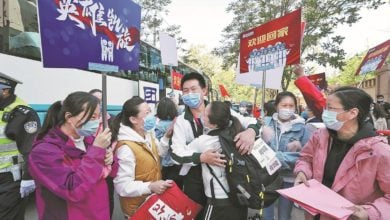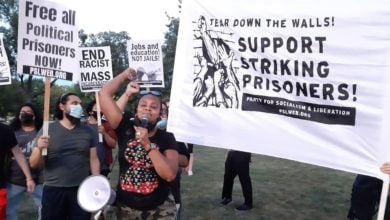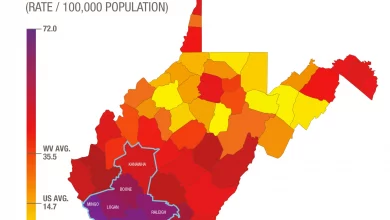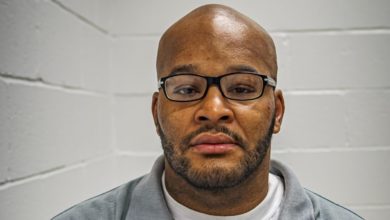Note: The people interviewed in this story are all detainees at Dane County Jail in Madison, Wisconsin. They have been identified by first name only to protect them and their families’ privacy.
As COVID-19 continues to spread across the United States, the best way to remain healthy is to stay away from other people as much as possible. However, for the 2.3 million people incarcerated in jails and prisons, keeping a safe distance from others is simply not possible. Instead, the close and cramped quarters of jails and prisons have created a hotbed for COVID-19 infection. Combined with the notoriously inadequate healthcare provided by these facilities, prisoners face significant risks of contracting and dying from COVID-19. In Chicago’s Cook County Jail, a national “hot spot” for the virus, almost 500 incarcerated people have tested positive and six have died.
About a three hour drive from Chicago is Madison, Wisconsin, home of Dane County Jail. Dane County Jail typically holds about one-tenth of the people Cook County Jail does. Despite a smaller population, Dane County Jail is afflicted by the same problems faced by Cook County Jail amidst the pandemic. As a precaution against COVID-19, detainees entering the jail are subjected to a 14-day quarantine before they can be admitted to the general population. However, due to lack of space, the quarantine process is unorganized and ineffective.
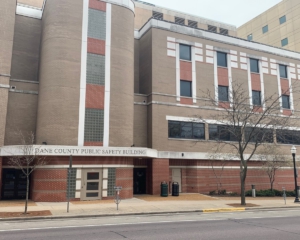
“Every time somebody new came in [to the jail] they had to start the quarantine process over again,” said Don. “I have been in the quarantine process for over a month now.” This constant adding of new people does nothing to protect those in ‘quarantine,’ and in fact puts them at a potentially greater risk for contracting COVID-19. Crowded conditions make it easy for the virus to spread, especially as prisoners are constantly shuffled around for seemingly no reason. “I’ve been moved three times and haven’t even made it to gen pop [general population] yet,” said Lee.
Proper cleaning supplies and hygiene products are also scarce. “They did the UV lights for the deputies’ office but not the whole pod. The deps [deputies] matter but we don’t? They said we are healthy and don’t need it,” said James. “We all smell bad. My skin is real dry. I got rashes. They tell us we can’t get lotion […] We got hand soaps in the shower. We got no bar soaps or body wash.”
Prior to April 25, testing was limited to those showing symptoms, and even still the visibly ill were not guaranteed a test. “There is a guy in here for three days with the symptoms. He has all the symptoms of the thing. He has been telling nurses for three days that he doesn’t feel good. They deny him treatment. He’s around all of us. He has gloves and a mask, but he’s been around us since day one,” said Anthony. Those who did test positive were moved to solitary confinement.
On April 25, almost two months after local Party for Socialism and Liberation members and other activists began demanding the prisoners be freed, the National Guard was called to the jail to finally test everybody inside. This call was the result of multiple deputies testing positive for COVID-19, not out of concern for incarcerated people. Additionally, the testing process was confusing and only offered in English. Prisoners who tested positive were then moved to be housed together, and their previous cell blocks were sanitized. While this is a step in the right direction, the jail continues to put those inside at risk.
“We got tested today, but we were told they could add more people and then we would have to be quarantined for 14 days all over again,” said Tevaris. “The pod next to us, there were three cases. They brought us the vacuum from next door. We told them we don’t want that vacuum.”
Dane County Jail’s current population is around 450 people, almost half of what it normally holds. And yet, the proportion of Black people incarcerated has grown from 40 percent to 55 percent, despite Black people making up just 5.5 percent of Dane County’s population. Once again, the racist nature of U.S. mass incarceration reveals itself, and Black people will continue to fall ill with COVID-19 at disproportionate rates. Many of the people currently held in the jail are currently facing no charges and are simply on probation hold. James said: “I am in here for a non-violent drug offense, possession of marijuana. I am being made to risk my life for a ticket.”
The simplest solution would simply be to release those remaining in the jail so they can quarantine with their families. If they are homeless, the city should divert funding to pay for hotel rooms or other accommodations. But the capitalist system does not prioritize peoples’ well-being. It is profitable to incarcerate people and releasing too many detainees could affect future funding. “They’re thinking about just themselves, not the inmates. People need to be home with their families, somewhere where they’re safe,” said Julius.
As the pandemic carries on, incarcerated people will continue to be exposed to COVID-19, become sick, and possibly die. For their health and safety, they must be freed.


